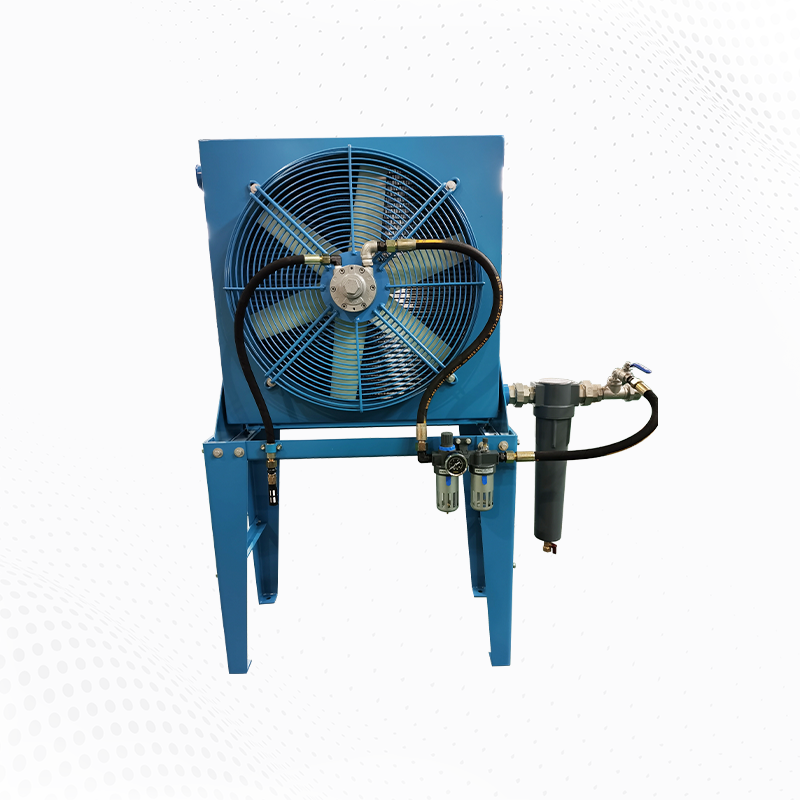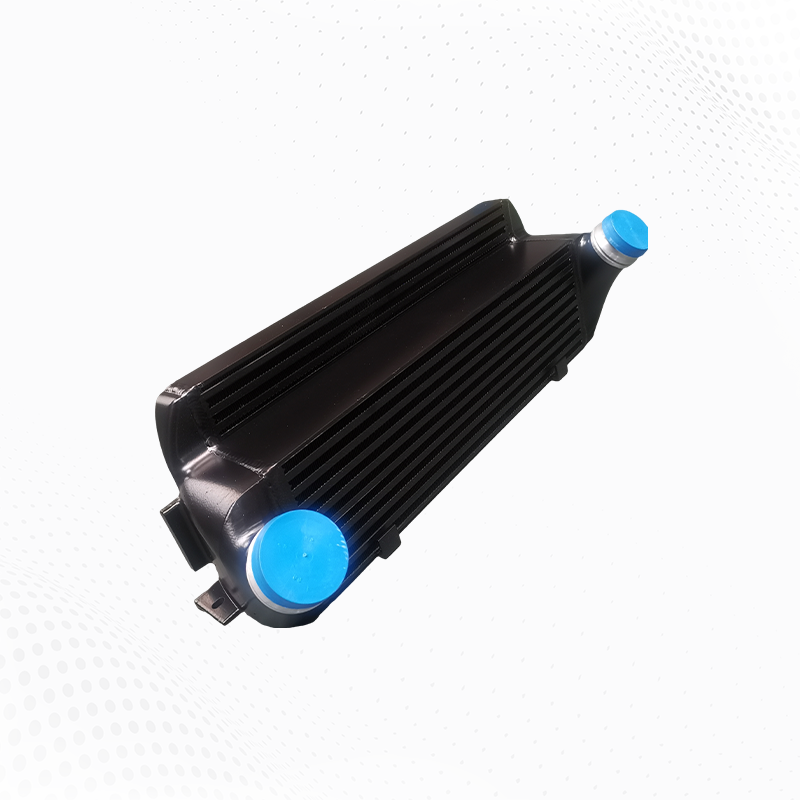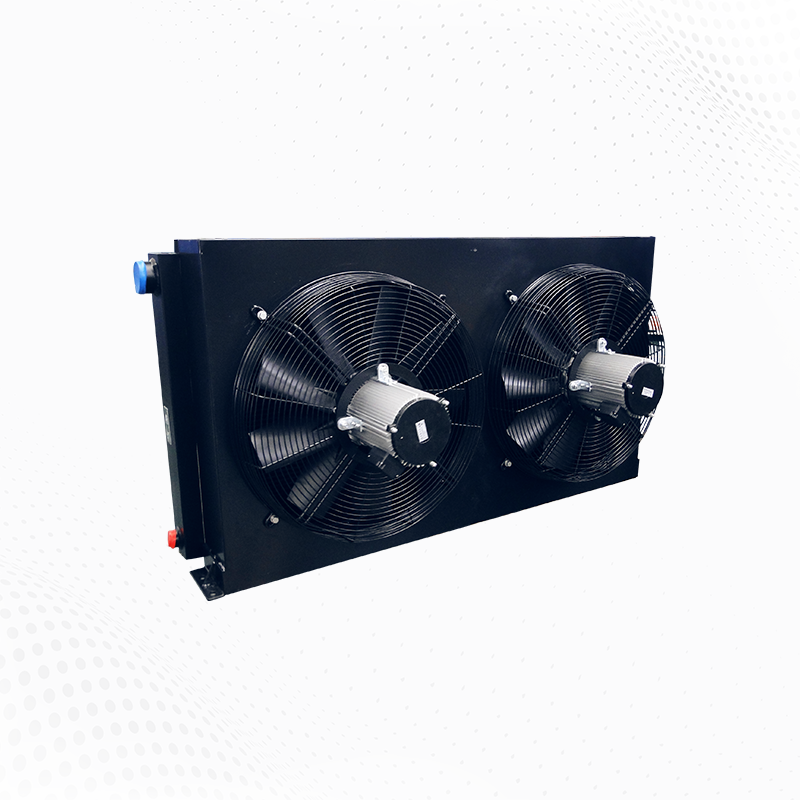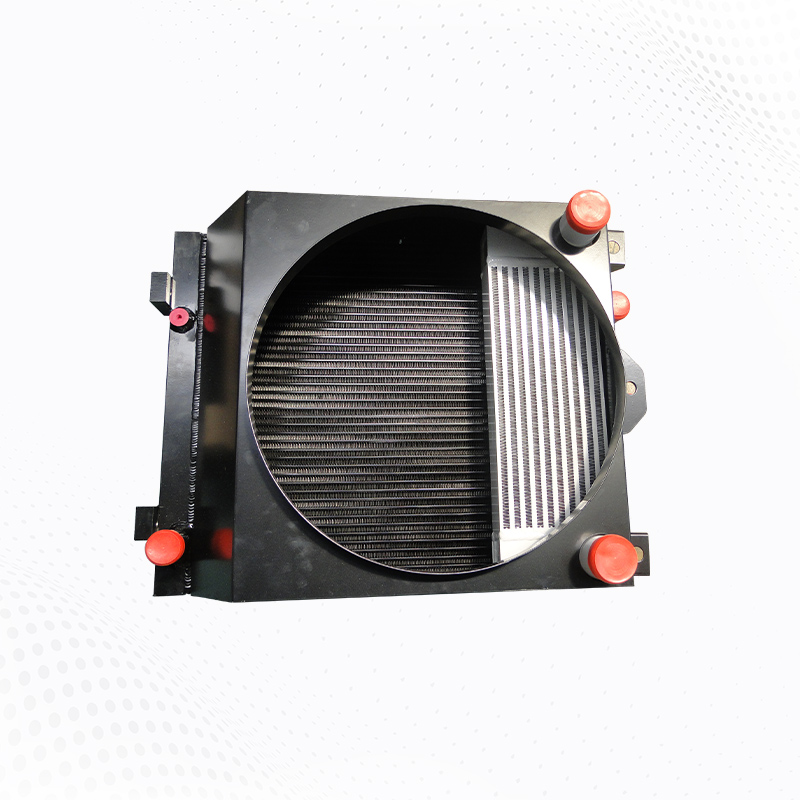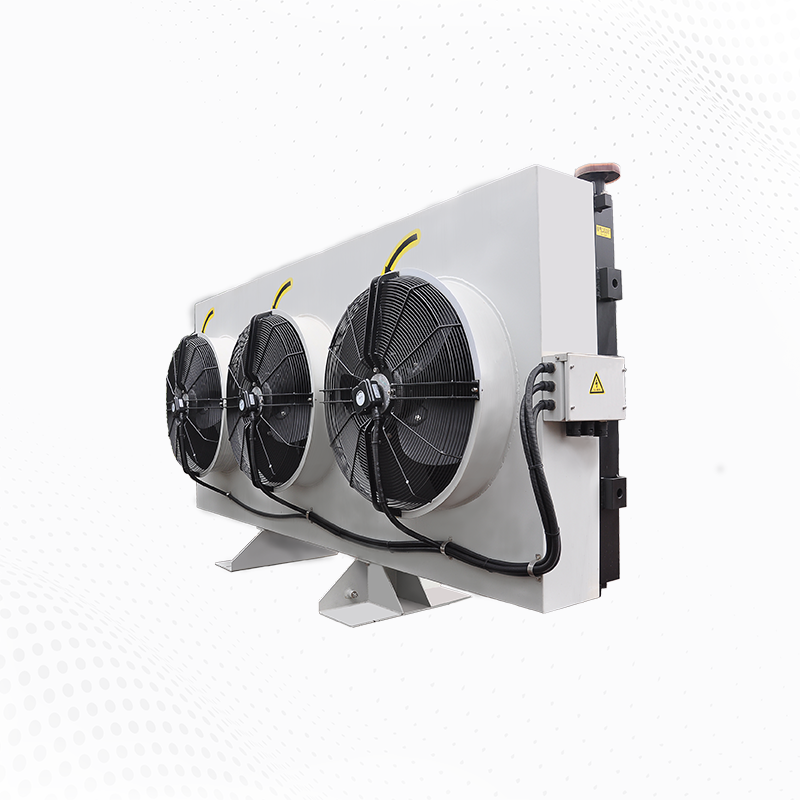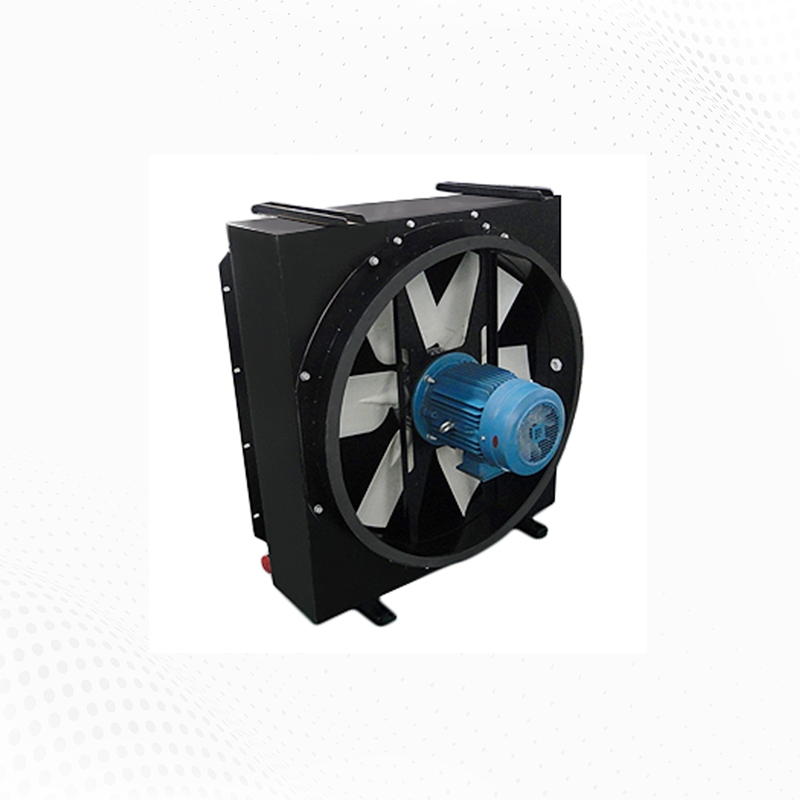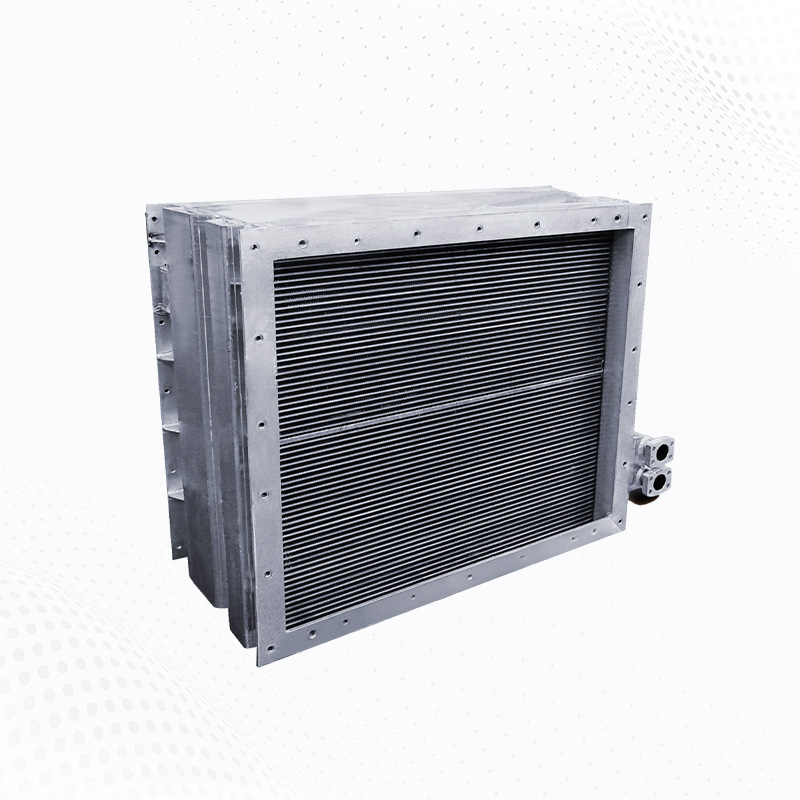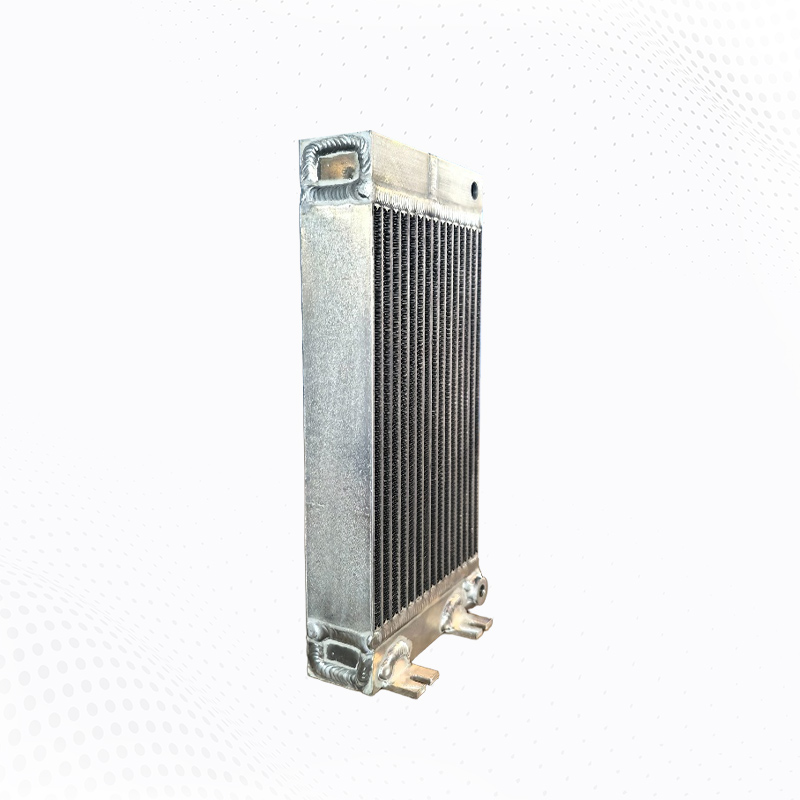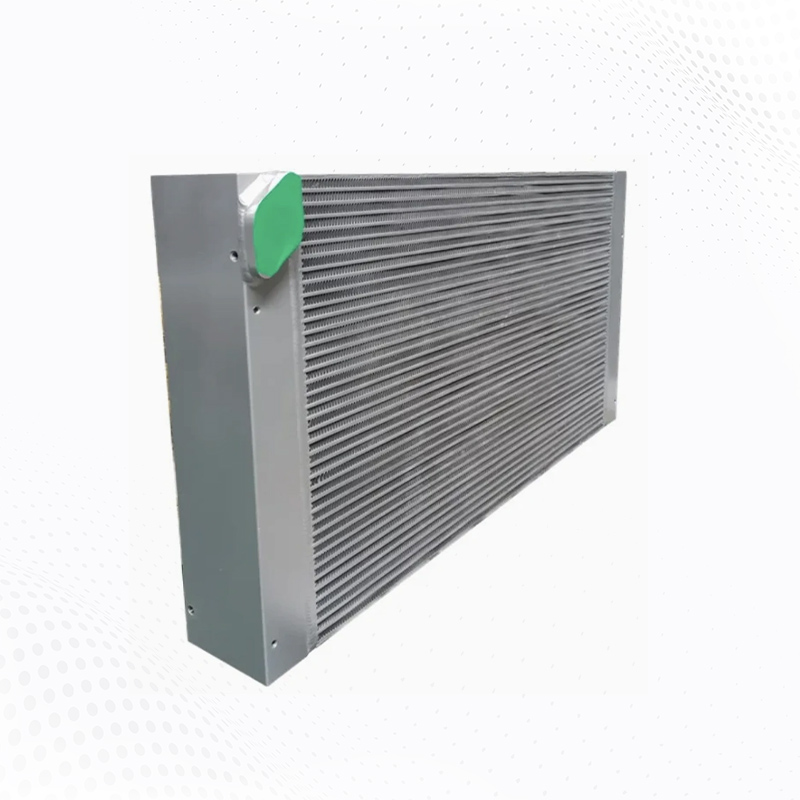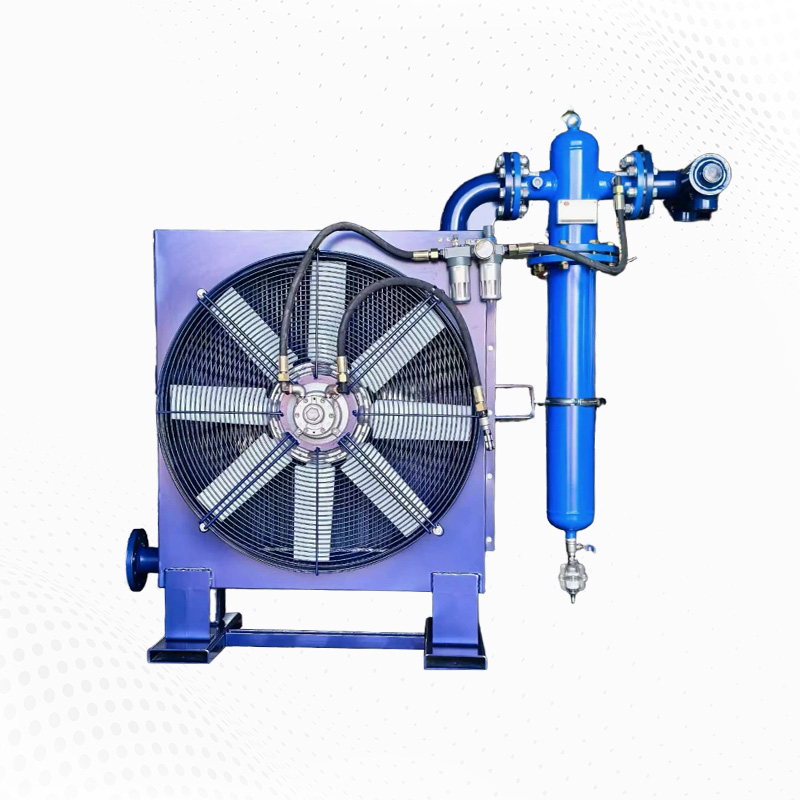Wuxi Yuda — practical strategies for system designers, EPCs, and wind-farm operators who want to combine wind and geothermal energy streams using robust Wind Power Heat Exchanger solutions.
Why combine wind and geothermal — and where the Wind Power Heat Exchanger fits
Hybrid systems pair the temporal strength of geothermal (steady baseload heat) with the variable power of wind. A well-designed Wind Power Heat Exchanger bridges the two: it recovers thermal energy from wind-turbine subsystems (gearbox oil, converter cabinets) and routes or couples that heat into a geothermal loop or a common district/heating network.
Design goals for hybrid integration
Maintain reliable turbine operation and thermal safety while enabling useful thermal recovery via the Wind Power Heat Exchanger.
Minimize parasitic losses to the wind system (avoid degrading turbine performance).
Maximize heat capture during surplus wind power periods and route heat efficiently into geothermal exchange or storage.
Keep the system modular, maintainable, and compatible with standard geothermal loop temperatures.
Strategy 1 — Select the right Wind Power Heat Exchanger topology
There are three common topologies to consider:
Direct coupling — turbine-stage coolant (or gearbox oil) flows through a dedicated Wind Power Heat Exchanger that transfers heat directly into a closed geothermal heat-transfer fluid loop.
Intermittent buffer — heat passes into a thermal buffer (water/PCM) via the Wind Power Heat Exchanger, then the buffer couples to the geothermal loop on a controlled schedule.
Indirect cascade — a multi-stage setup where the Wind Power Heat Exchanger first pre-heats a medium that then exchanges with a higher-temperature geothermal circuit (useful when geothermal temps exceed recovered heat).
Choose based on temperature compatibility, control complexity, and whether the goal is on-site heat use or grid-integrated thermal storage.
Strategy 2 — Control logic and smart valves
Control intelligence is essential. Consider:
Priority logic: when wind heat is available and demand exists, direct it to the load; otherwise charge thermal storage.
Temperature-based hysteresis: signalled via sensors at the Wind Power Heat Exchanger outlet, geothermal loop inlet, and buffer tank.
Flow balancing: variable-speed pumps on both sides of the Wind Power Heat Exchanger keep pressure and delta-T within safe ranges.
Fail-safe modes: automatic bypass of the Wind Power Heat Exchanger to protect turbine components during control or communication loss.
Strategy 3 — Thermal matching and materials
Effective heat transfer requires matching thermal capacities. Design tips:
Match expected gearbox/converter oil return temperatures to the acceptable inlet temp for geothermal heat carriers — use the Wind Power Heat Exchanger with appropriate UA value.
Choose corrosion-resistant materials for geothermal interaction — aluminum, stainless steel, or coated plate-bar designs are common for Wind Power Heat Exchanger units.
Design for serviceability: easy access to brazed joints, service panels, and instrumentation reduces downtime.
Strategy 4 — Thermal storage & buffering
A Wind Power Heat Exchanger is most effective when paired with storage:
Use stratified water tanks or phase-change materials to capture surplus heat during high-wind, low-demand periods.
Control charging from the Wind Power Heat Exchanger so that storage temperatures remain within the geothermal loop acceptance range.
Co-locate buffer tanks near turbine clusters to minimize piping heat loss and pump energy consumption.
Strategy 5 — Piping, hydraulics, and placement
Shorter hydraulics and smaller temperature drops are better:
Place the Wind Power Heat Exchanger close to the source (gearbox or converter cabinet) while allowing safe access for maintenance.
Insulate piping from the turbine to storage and from storage to geothermal loop to avoid losses.
Include isolation valves and double containment where geothermal fluids are aggressive or regulatory rules require separation.
Strategy 6 — Monitoring, diagnostics & predictive maintenance
Operational data keeps hybrid systems efficient:
Instrument the Wind Power Heat Exchanger with temperature, pressure, differential-pressure, and flow sensors.
Use analytics to detect fouling (rising delta-P) or declining heat transfer (falling delta-T at matched flows).
Predictive alerts allow planned swaps or cleanings without unexpected turbine downtime.
Strategy 7 — Safety, standards & environmental concerns
Safety must be designed in:
Comply with local codes for heat-exchanger pressure equipment and buried piping between turbine sites and geothermal wells.
Implement leak detection and containment around the Wind Power Heat Exchanger when hydrocarbons (oil) are a primary waste heat source.
Consider secondary circuits or heat-transfer fluids that reduce freeze risk and corrosion when linking to near-surface geothermal loops.
Operational case example (conceptual)
Imagine a 30-turbine site where each turbine has a dedicated Wind Power Heat Exchanger. During peak wind, the heat exchangers feed a centralized buffer tank. The geothermal field acts as the long-term sink/ source, smoothing seasonal demand. Smart controls direct heat to site heating in winter and to recharge the geothermal loop in shoulder seasons.
Operational benefits: reduced fuel use for backup heat, better utilization of wind-site waste heat, extended turbine component life via improved thermal management.
Why choose Wuxi Yuda components
Wuxi Yuda’s product portfolio includes plate-bar aluminum heat exchangers, gearbox oil coolers, and water coolers for converter cabinets — components that are directly applicable to hybrid wind–geothermal integration. The company has a strong presence in the wind-power market and proven product lines for turbine thermal management.
Checklist before deployment
Confirm thermal compatibility between turbine waste-heat source and geothermal loop temperature.
Carry out a hydraulic and UA sizing study for the chosen Wind Power Heat Exchanger.
Design control logic, fail-safes, and storage strategy.
Plan for maintenance access, monitoring, and spare parts for all Wind Power Heat Exchanger units.
Run a small pilot at a single turbine cluster prior to full roll-out.


